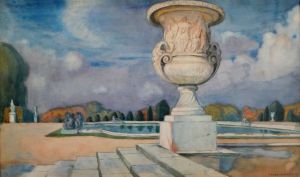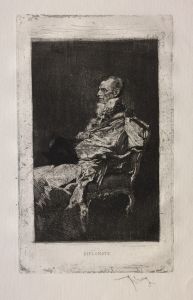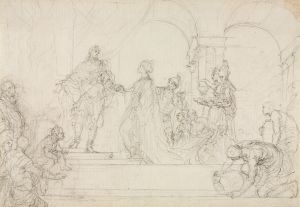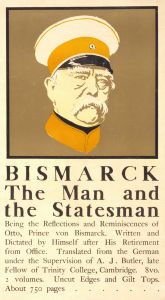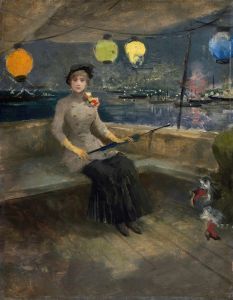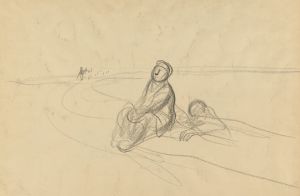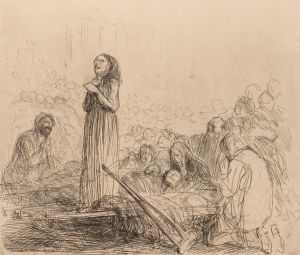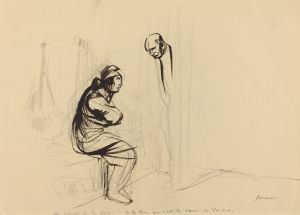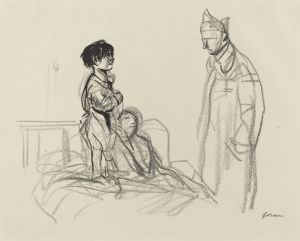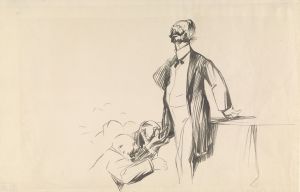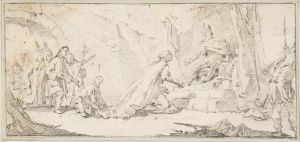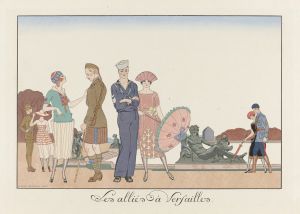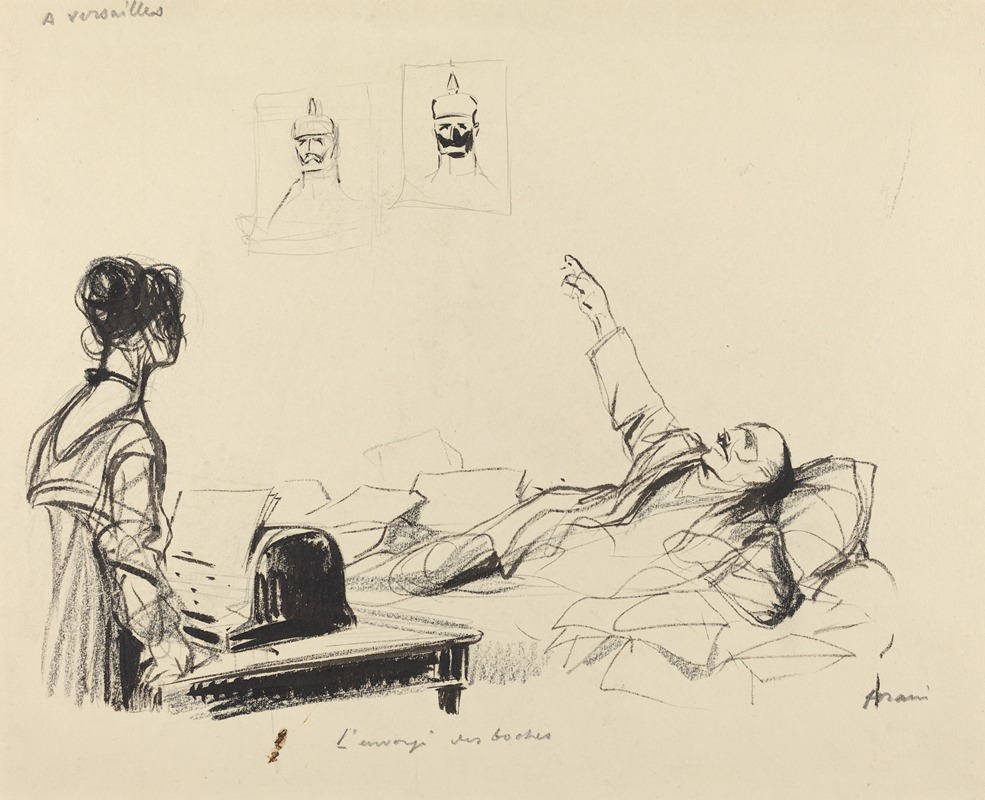
A Versailles. L’envoye des boches
A hand-painted replica of Jean-Louis Forain’s masterpiece A Versailles. L’envoye des boches, meticulously crafted by professional artists to capture the true essence of the original. Each piece is created with museum-quality canvas and rare mineral pigments, carefully painted by experienced artists with delicate brushstrokes and rich, layered colors to perfectly recreate the texture of the original artwork. Unlike machine-printed reproductions, this hand-painted version brings the painting to life, infused with the artist’s emotions and skill in every stroke. Whether for personal collection or home decoration, it instantly elevates the artistic atmosphere of any space.
Jean-Louis Forain was a prominent French painter and printmaker, known for his satirical and often critical depictions of society. Born on October 23, 1852, in Reims, France, Forain became associated with the Impressionist movement, although his work often carried a more biting social commentary compared to his contemporaries. He was a close friend of Edgar Degas and participated in several of the Impressionist exhibitions.
One of Forain's notable works is "A Versailles. L’envoye des boches," which translates to "At Versailles. The Envoy of the Boches." This piece is a reflection of the political climate in France during the time it was created. The term "boches" is a derogatory term used by the French to refer to Germans, particularly during and after World War I. The painting's title suggests a critical view of the German presence or influence in France, particularly in the context of the Treaty of Versailles, which was signed in 1919 to formally end World War I.
The Treaty of Versailles was a significant event in world history, as it imposed heavy reparations and territorial losses on Germany. The treaty was signed in the Hall of Mirrors at the Palace of Versailles, a location with deep historical significance for France. Forain's work often engaged with contemporary events, and "A Versailles. L’envoye des boches" can be seen as a commentary on the political tensions and national sentiments of the time.
Forain's style is characterized by its loose brushwork and keen observation of social dynamics. He often depicted scenes from everyday life, capturing the nuances of human behavior and societal norms. His work in "A Versailles. L’envoye des boches" likely employs these techniques to convey the atmosphere and sentiments surrounding the post-war negotiations and the presence of German envoys in France.
Throughout his career, Forain was known for his ability to blend art with social critique, using his work to comment on the issues of his day. His paintings and prints often addressed themes of justice, politics, and the human condition, making him a significant figure in the world of art and social commentary.
While specific details about the composition and visual elements of "A Versailles. L’envoye des boches" are not widely documented, it is clear that the work fits within Forain's broader oeuvre of socially engaged art. His ability to capture the mood and tensions of his time continues to be appreciated by art historians and enthusiasts alike.
Jean-Louis Forain passed away on July 11, 1931, in Paris, leaving behind a legacy of art that not only reflects the aesthetic movements of his time but also provides insight into the social and political issues that shaped the early 20th century. His work remains a testament to the power of art as a tool for social critique and historical documentation.





